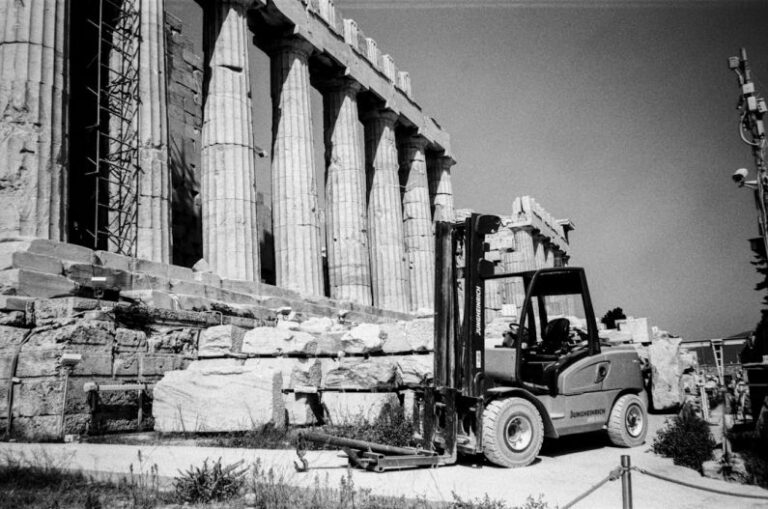Reimagining Industrial Relics: the Adaptive Reuse of Battersea Power Station
Nestled along the banks of the River Thames in London, the iconic Battersea Power Station stands as a testament to the city’s industrial heritage. Built in the 1930s, this monumental structure served as a vital source of power for the capital for decades before falling into disuse in the 1980s. However, rather than let this architectural gem succumb to neglect, a visionary redevelopment project has breathed new life into the Battersea Power Station, transforming it into a vibrant hub of culture, commerce, and community.
Revitalizing a Cultural Icon
The adaptive reuse of Battersea Power Station represents a paradigm shift in urban planning, where instead of demolishing historic industrial relics, they are repurposed and reimagined for contemporary use. This approach not only preserves the architectural legacy of the past but also creates unique spaces that resonate with the spirit of innovation and reinvention. In the case of Battersea Power Station, the transformation from a derelict power plant to a dynamic mixed-use development has captured the imagination of locals and visitors alike.
A Hub of Creativity and Innovation
Central to the redevelopment of Battersea Power Station is the emphasis on fostering creativity and innovation. The site now boasts a diverse array of amenities, including office spaces, residential units, retail outlets, and leisure facilities, all designed to cater to the needs of a modern urban population. In addition, the Power Station is home to an eclectic mix of cultural institutions, art galleries, and performance venues, making it a magnet for artists, entrepreneurs, and creatives from around the world.
Sustainable Urban Planning
One of the key principles guiding the adaptive reuse of Battersea Power Station is a commitment to sustainable urban planning. The redevelopment project incorporates green technologies, energy-efficient design, and eco-friendly practices to minimize its environmental impact and promote a more sustainable way of living. From green roofs and rainwater harvesting systems to electric vehicle charging points and cycling facilities, Battersea Power Station sets a new standard for eco-conscious development in the heart of London.
Community Engagement and Social Cohesion
Beyond its architectural significance and commercial viability, Battersea Power Station has become a focal point for community engagement and social cohesion. The developers have worked closely with local residents, businesses, and stakeholders to ensure that the site benefits the wider community and enhances the quality of life for all. From public spaces and recreational areas to community events and cultural programming, Battersea Power Station has emerged as a vibrant and inclusive destination that brings people together and fosters a sense of belonging.
A Landmark for the Future
As Battersea Power Station enters a new chapter in its storied history, it serves as a beacon of hope and inspiration for other cities grappling with the challenge of revitalizing their industrial relics. The adaptive reuse of this iconic structure demonstrates the transformative power of visionary urban planning, sustainable design, and community engagement in reshaping the urban landscape for the better. By reimagining industrial relics like Battersea Power Station, we can create a more vibrant, resilient, and inclusive built environment that honors the past while embracing the future.
In conclusion, the adaptive reuse of Battersea Power Station stands as a shining example of how historic industrial relics can be reinvented and repurposed to meet the needs of a modern society. By preserving the architectural legacy of the past, fostering creativity and innovation, embracing sustainable urban planning, and promoting community engagement, Battersea Power Station has evolved into a vibrant landmark for the future. Its transformation serves as a testament to the power of imagination, collaboration, and vision in shaping the cities of tomorrow.






